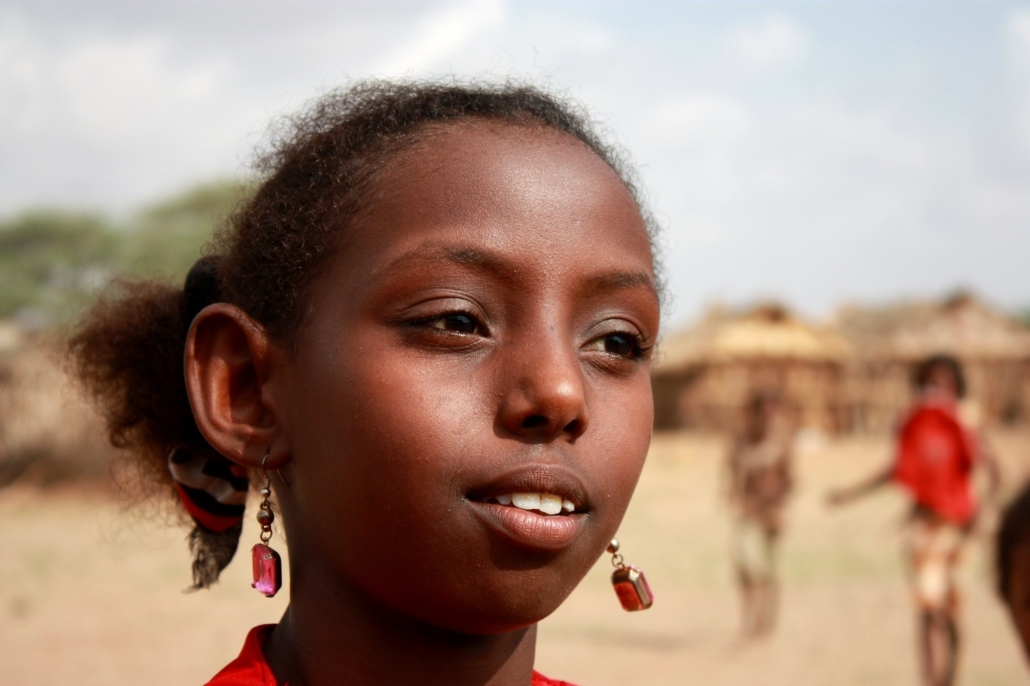9 Facts About Poverty In Eritrea

Eritrea is a small northeastern country in Africa, surrounded by the larger Somalia, Ethiopia and Sudan. It is home to more than 6.1 million individuals, of which, about 53% were in poverty as of 2008. Eritrea’s harsh history coupled with its low rates of development has contributed to the poor economic conditions that oppress so many. This article will provide nine facts about poverty in Eritrea which will give reason to the concerns that international organizations have raised.
9 Facts About Poverty in Eritrea
- A tumultuous history with Ethiopia: After a 30-year war with Ethiopia, Eritrea finally gained independence in 1991. It was not until 1993, however, that this separation became legitimate. Eritrean citizens historically experienced neglect under Ethiopian rule. Many experienced deprivation of their nation’s resources and abandonment on the pathway to development.
- Cultural superstitions prevent sanitary practices: According to UNICEF, persistent cultural beliefs hinder many Eritreans from collecting clean water, washing their hands and disposing of animal products properly. Many believe that evil spirits attach themselves to certain animal parts while other customs prohibit the use of latrines during certain hours of the day.
- Limited access to clean water for rural Eritreans: Very few villages in rural Eritrea have access to clean water. In fact, as of 2015, only 48.6% of the rural population had access to improved water sources compared to 93.1% in urban areas. As a result, many Eritreans drink from the same water source as animals. In addition, many communities do not have a local latrine due to a lack of financial resources. Sewage systems also contaminate water sources that would otherwise be feasible options. These issues can lead to numerous diseases such as schistosomiasis, giardiasis and diarrhea.
- Challenges in agriculture: While nearly 80% of the Eritrean population works in agriculture, this sector only makes up about 13% of the nation’s GDP. Landscapes in Eritrea are naturally rocky and dry. This makes farming a difficult task even in the best weather conditions. During the most fruitful periods, domestic agriculture production still only feeds 60% to 70% of the population.
- Susceptibility to drought: When drought does strike northeast Africa, Eritrea is one of the countries that experiences the greatest blow. Months can pass in the Horn of Africa without rainfall and these episodes are frequent and recurrent. This results in food shortages and increased rates of malnourishment among children. Statistics show that malnutrition has been increasing throughout Eritrea as nearly 22,700 children under the age of 5 suffer from the condition. Plans have already emerged as an acknowledgment of the crisis, one being the African Development Bank’s Drought Resilience and Sustainable Livelihood Programme for 2015-2021. For this, the Eritrean government has agreed to reserve $17 million to administer solutions for drought effects in rural communities.
- Many children are out of school: Public education in Eritrea is inconsistent across the nation. Children living in rural areas or with nomadic families do not have access to quality education like those living in urban regions. Overall, 27.7% of Eritrean children do not attend school.
- Low HDI: Recently, GDP in Eritrea has been growing. One can attribute this to the recent cultivation of the Bisha mine, which has contributed a considerable amount of zinc, gold and copper to the international economy. Even so, Eritrea’s Human Development Index is only at 0.351. The country is far behind other sub-Saharan nations, whose average is 0.475.
- Violence at the southern border: The central government has created large holes in the federal deficit in its preoccupation with Ethiopia. While the countries officially separated in 1993, discontent with the line of demarcation has left them in a state of “no war, no peace.” The Eritrean government sees the stalemate with Ethiopia as a primary concern, and the military forces needed to guard their territory has occupied most of the nation’s resources.
- High rates of migration: These realities listed above have encouraged much of the Eritrean population to flee the country. Eritrea is the African country with the highest number of migrants. Furthermore, the journey to Europe is a dangerous one, as the pathway through the central Mediterranean is highly laborious.
Looking Ahead
These facts about poverty in Eritrea show that while poverty in Eritrea has been an ongoing challenge, efforts are under way to provide aid to the country’s people. Hopefully, the work of the African Development Bank’s Drought Resilience and Sustainable Livelihood Programme will help alleviate hunger and malnutrition in Eritrean communities.
– Annie O’Connell
Photo: Flickr
